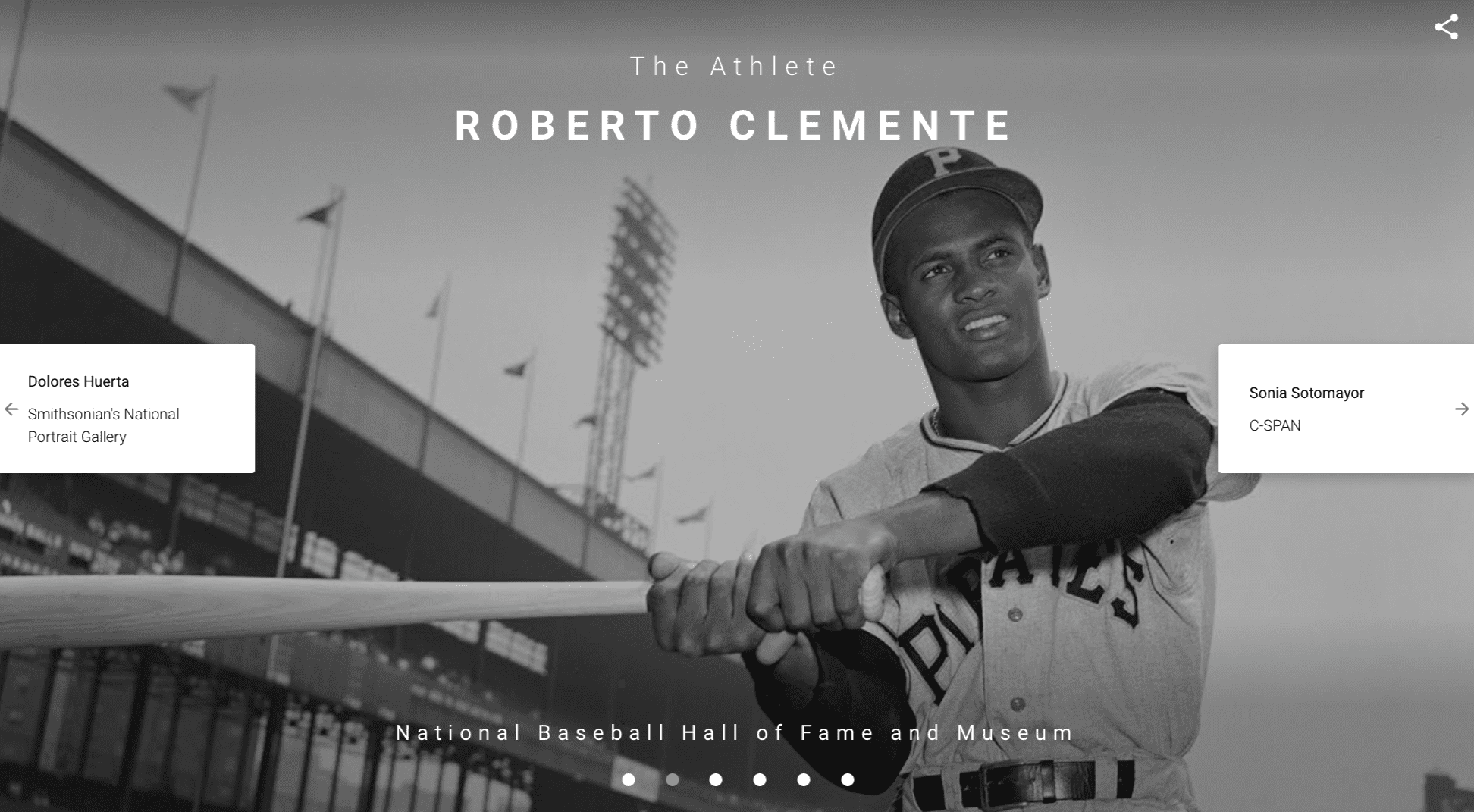One of the essential attributes of successful content marketing is usefulness. Great content marketers create a win-win for themselves and their audience by sharing branded content that educates and sometimes entertains. Recently, we blogged about how one business, the NFL, provides useful content by acting as a news service about football. Now let’s take a look at two lesser-known ways one of the world’s most valuable brands, Google, makes itself useful.
For context: as we’ve stated before, a business practices content marketing by publishing useful information that supports its own brand. The definition breaks down this way:
- Content marketing builds the credibility of a brand (hence the “marketing” part of content marketing) . . .
- . . . by sharing useful information (content), such as how-to tips, news, commentary, and visual stories.
Through content marketing, brands act as publishers, sharing news, editorial commentary, and other forms of insight you typically associate with a third-party information source. Content marketing is not “look at me” advertising or PR. Both those forms of marketing are valuable and have their place, but they are not content marketing.
Google has a vested interest in giving people reasons to stay on Google. More eyeballs on Google means more businesses will pay Google to help them reach those eyeballs through advertising. Google does its own share of advertising to promote its brand. But the most powerful way Google maintains an audience is by offering free tools that will compel people to keep using Google to manage their lives.
I’m not talking about well-known utilities such as Google Analytics to measure how people interact with your own digital properties such as your website or Google Docs and Google Drive to collaborate on document creation, editing, and storing. I mean some of the ways Google helps you learn about the world around you, such as:
- Think with Google. The Think with Google site is mandatory for anyone who wants free insights into marketing, technology, and consumer behavior. Think with Google offers downloadable white papers and short-form commentary on topics such as the impact of artificial intelligence on marketing and the influence of mobile devices on the customer experience journey. Think with Google elevates Google to the role of thought leader, publishing data-rich information that pushes forward our understanding of marketing. Of course, you’ll have to look elsewhere for insights critical of Google and for non-Google perspectives. Even still, Google is such a large, influential brand that even Google-centric points of view have gravitas.
- Google Arts & Culture is a site dedicated to enriching our understanding of art. Here is an experience devoted to pure learning and personal growth. Whereas Think with Google educates you, Google Arts & Culture engages you on topics such as a visual celebration of the Lunar New Year. The site features an ongoing set of topics on rotation. One of its current featured sections, Latino Arts & Culture, provides an immersive look at the contributions of Latino artists in the United States. A featured artist section gives you a chance to take a deep dive into the works of famous names such as Vincent van Gogh. Through Google Street View, you can explore cultural landmarks around the world such as Machu Piccu.
Google offers several other resources for learning and self-development. The above two might be lesser known to you.
Google’s motives are not entirely altruistic. The more Google influences our thinking and worldview, the more Google becomes an essential part of our lives. I get it. But what Google does it does very, very well. By providing useful content that educates and enriches our lives, Google masters the art of content marketing. Contact True Interactive for help with your content marketing needs.

